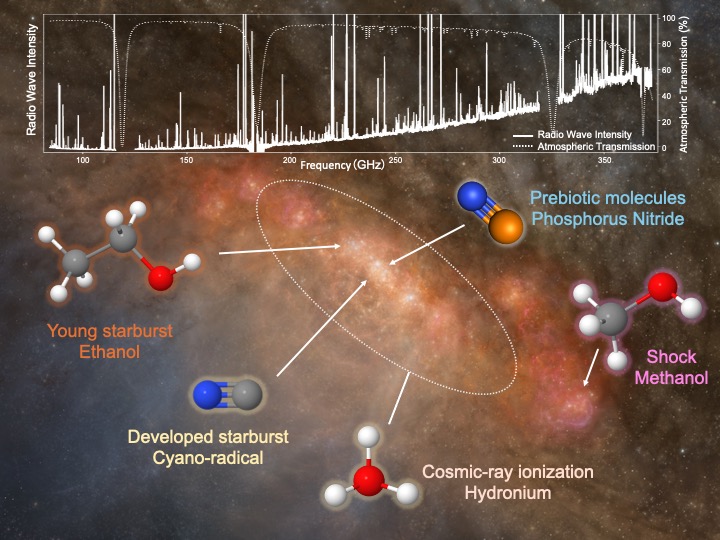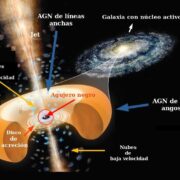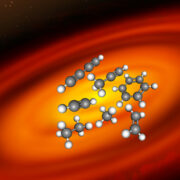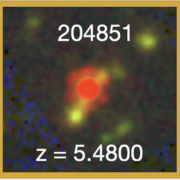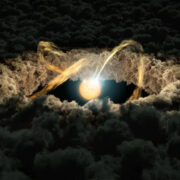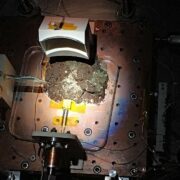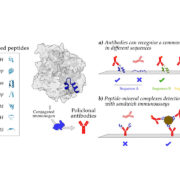An international team of astrophysicists, with the participation of researchers of the Centro de Astrobiología (CAB, CSIC-INTA), has observed with unprecedented detail the center of a galaxy known as NGC 253 using the Atacama Large Millimeter/submillimeter Array (ALMA). They detected more than one hundred molecules, far more than previous studies outside the Milky Way have detected. Among them, they have identified, for the first time outside our Galaxy, species containing phosphorus, one of the key chemical elements for life. All these molecules can be used as tracers of different physical processes, and hence are also powerful tools to study various stages of star formation the central region of NGC 253. Therefore, this wealth of data has allowed astronomers to better understand the chemistry and physics of this kind of galaxy, which produces stars at a very high rate.
Esta web utiliza cookies para que podamos ofrecerte la mejor experiencia de usuario posible. La información de las cookies se almacena en tu navegador y realiza funciones tales como reconocerte cuando vuelves a nuestra web o ayudar a nuestro equipo a comprender qué secciones de la web encuentras más interesantes y útiles.






